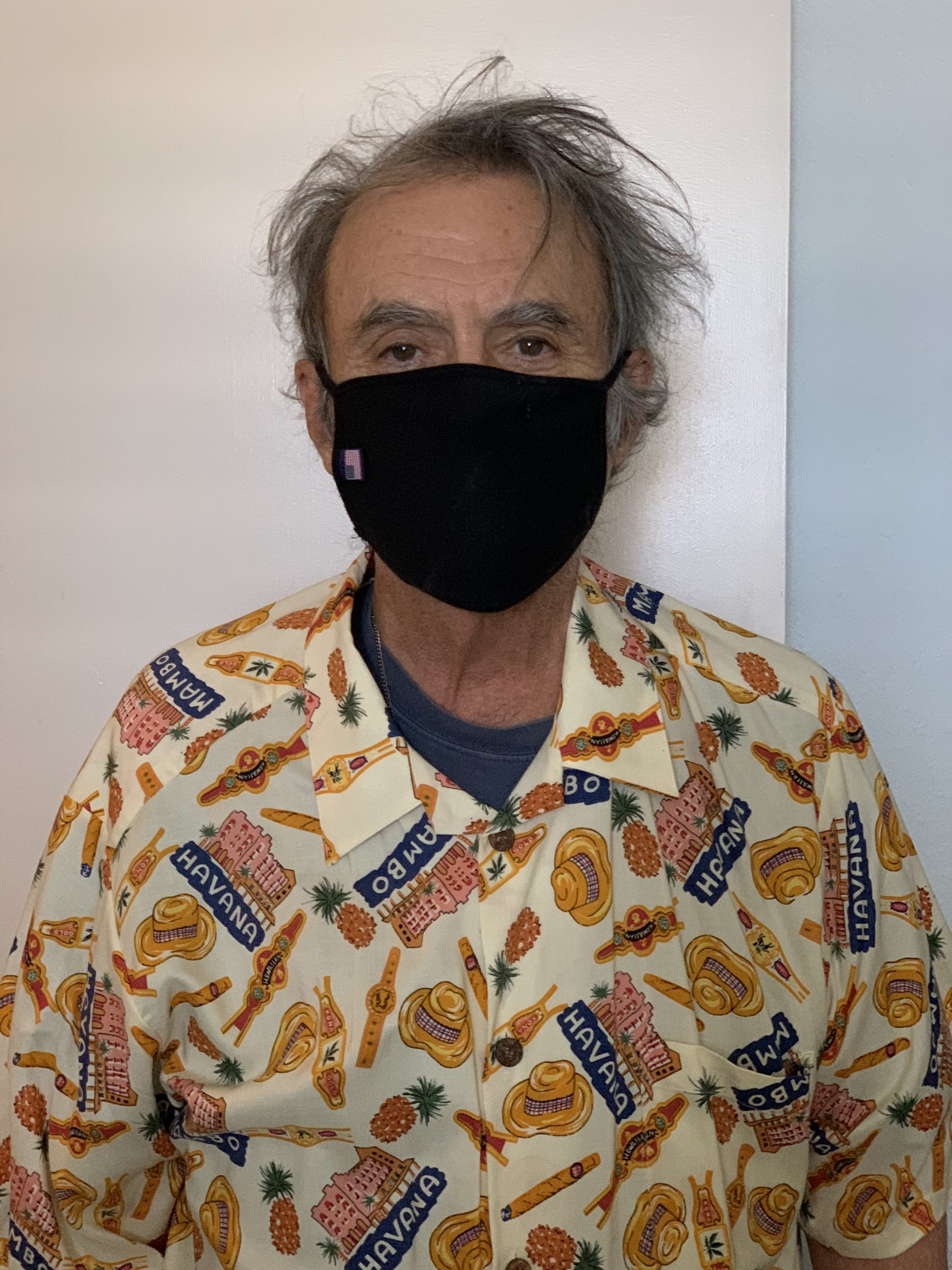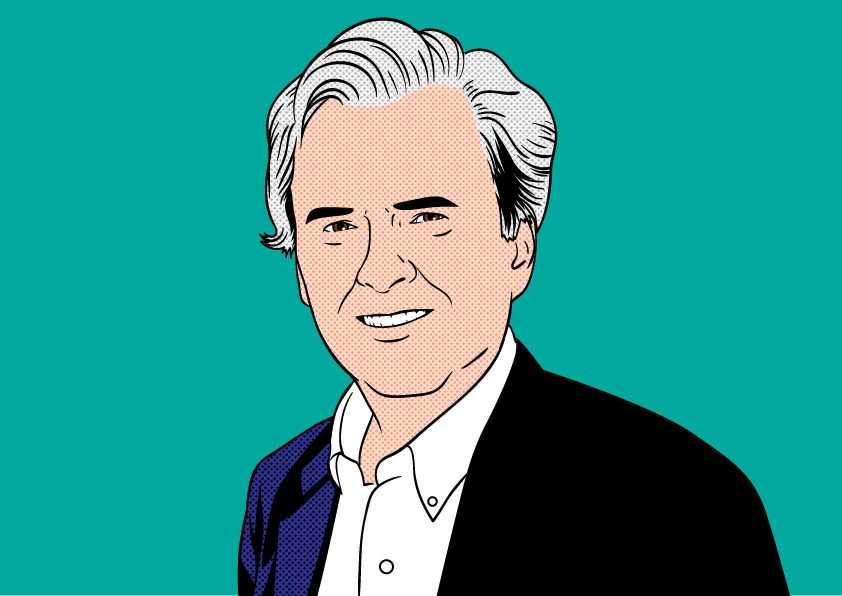CU2.0 Podcast Episode 132 Ray Crouse CEO Parsons Federal Credit Union: An Endangered Species?
by Robert McGarvey
Ask Ray Crouse, CEO of the roughly $250 million in assets Parsons Federal Credit Union, if he is helming an endangered institution and be ready to get an earful.
Crouse well knows the NCUA data that show big credit unions growing (ones over $1 billion in assets) while little credit unions, and Parsons counts as small in many metrics, are struggling for air.
But Crouse does not see Parsons as endangered.
A few years ago, Crouse and the board explored how big Parsons FCU needed to be to be secure and the number that came back was $350 million. That is now the five year growth target and it obviously falls far short of the $1 billion minimum size some seers throw out for credit union survival.
But Crouse is confident the number will works fine for Parsons.
A big part of the reason is that Parsons is an unusual institution. It still primarily serves a single SEG (engineering company Parsons), it has just two branches (Pasadena, CA and Centreville VA), it has just three ATMs (but it belongs to CO-OP’s ATM network and also reimburses members for any fees incurred in using out of network ATMs), and member appearances at branches are rare. It’s an institution that went online and digital before Covid and that’s because the bulk of the members are engineers and people accustomed to being around engineers.
Parsons has just 22 employees. Some credit union half its size have twice as many employees.
In this podcast you will hear why Crouse is confident of survival and you will also hear how to well serve members in a contactless context.
There’s a grumble about NCUA’s demands on board members.
And Crouse also tells that Parsons is open to a merger but is in no rush and, first and foremost, needs to find a group that will be compatible with the Parsons engineering employees.
This could have been a woe is me, downbeat discussion about managing a credit union in an era of vanishing loan interest rates. It’s anything but. Crouse is upbeat. You will be too when you listen.
Want more Crouse? Listen to the CU2.0 Mastermind podcast – he’s one of the guests.
Like what you are hearing? Find out how you can help sponsor this podcast here. Very affordable sponsorship packages are available. Email rjmcgarvey@gmail.com
And like this podcast on whatever service you use to stream it. That matters.
Find out more about CU2.0 and the digital transformation of credit unions here. It’s a journey every credit union needs to take. Pronto

